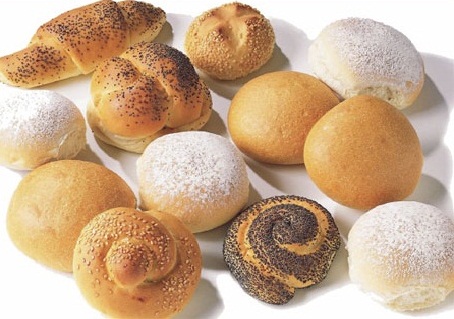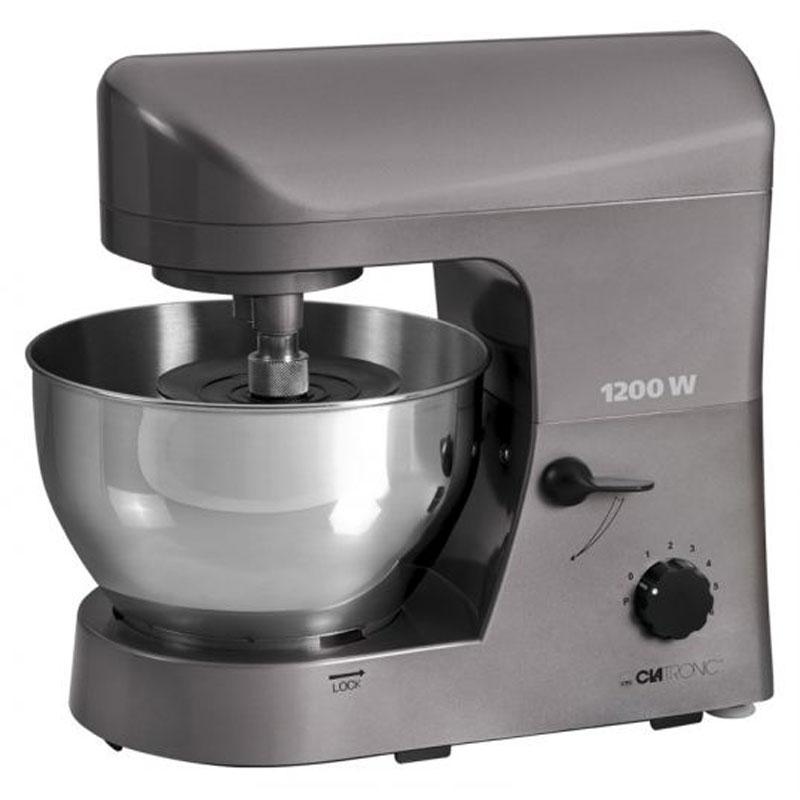
Calcium Peroxide Dough Conditioner & Oxidizing Agent
Definition
 It
is a blend of ingredients that will strengthen the dough, make it more
machinable, and provide a good texture to the end product.
It
is a blend of ingredients that will strengthen the dough, make it more
machinable, and provide a good texture to the end product.
Origin
Other than enzymes that originate from microorganisms, and vital wheat gluten (physically separated from wheat flour), the other ingredients in the dough conditioners are mostly chemically synthesized. calcium peroxide is using food grade calcium hyroxide to react with hydrogen peroxide, heavy metals residuals will cause the product unstable and discomposed even, and our high purity of calcium peroxide.Function
 bread, bagel, pretzel,
pita, flat bread and all yeast leavened baked product
bread, bagel, pretzel,
pita, flat bread and all yeast leavened baked product
 pizza, calzone, stuffed
bread products, fresh and frozen.
pizza, calzone, stuffed
bread products, fresh and frozen.
Dough conditioners can include oxidizing agents, reducing agents, yeast
nutrients, pH regulators, emulsifiers, enzymes, vital wheat gluten and
fillers. Oxidizing agents oxidize the flour gluten’s thiol groups, thereby
strengthening the dough. Reducing agents contain glutathione that breaks
disulfide bonds in the glutenin proteins, making the proteins smaller,
easier to hydrate, mix and more extensible. Yeast nutrients serves as
sustenance to increase the production of carbon di oxide production from
yeast cells. pH regulators are acids or bases that control the pH of the
dough, so that a desired pH level can be achieved. Emulsifiers are used
to stabilize the dough, by lowering interfacial tension and improving
coalescence of various molecules. Enzymes from biological sources, catalyzes
chemical reactions. Vital wheat gluten is usually added to increase the
total quality and quantity of protein in the dough. Fillers are non reactive
ingredients used to provide the ‘bulk’ for the ease of dispensing the
dough conditioner.
oxide production from
yeast cells. pH regulators are acids or bases that control the pH of the
dough, so that a desired pH level can be achieved. Emulsifiers are used
to stabilize the dough, by lowering interfacial tension and improving
coalescence of various molecules. Enzymes from biological sources, catalyzes
chemical reactions. Vital wheat gluten is usually added to increase the
total quality and quantity of protein in the dough. Fillers are non reactive
ingredients used to provide the ‘bulk’ for the ease of dispensing the
dough conditioner.
Composition
Oxidizing agents for bread production includes ascorbic acid (dehydro L-ascorbic acid), azodicarbonamide, calcium iodate, calcium peroxide, potassium bromate, potassium iodate, and sodium iodate. Reducing agents include L-Cysteine, sodium bisulfite and Inactivated yeast. Yeast nutrients include calcium monophosphate, diammonium phosphate Emulsifiers include Mono and Diglycerides, Sodium Steroyl Lactylate and Diacetyl Tartaric Acid of Monoglycerides. Enzymes can be amylase, protease, or phospholipase. Fillers are usually wheat flour or corn flour.Application
As a food additive, calcium peroxide has the E number E930 and it is used as flour bleaching agent and improving agent. Once calcium peroxide comes in contact with water, calcium peroxide breaks down into oxygen. This oxidizes and strengthens the disulfide and non-disulfide cross links in gluten. It is a fast acting dough oxidizing agent. It has shown to tighten up the dough and dry it’s surface, reducing it’s adhesive properties, especially at the rounder bars. it works best at the dough mixer, not at the sponge stage, and follow up instruction like use up to 75ppm at the mixer. As a dough strengthener, to be used in an amount not to exceed 0.0075 part for each 100 parts by weight of flour used. (FDA regulation 21CFR136.110)
the benefit from using calcium peroxide is including:
1. allows gluten to hold more water, resulting in softer;
2. machinable dough;
3. dries the surface of the dough slightly, reducing stickiness;
4. increasing production rates;
5.strengthens the dough;
6. makes it easier to handle;
7. improves the volume, strength and uniformity of yeast-raised products, despite variations in flour quality.
Learn more about calcium peroxide
Download
![]() Specification
Data Sheet (Fine Powder Form 75% grade)
Specification
Data Sheet (Fine Powder Form 75% grade)
Specification
Data Sheet (Fine Powder Form 60% grade)
Specification
Data Sheet (Granlues / Sinking Solid Form)
Material Safety Data Sheet
